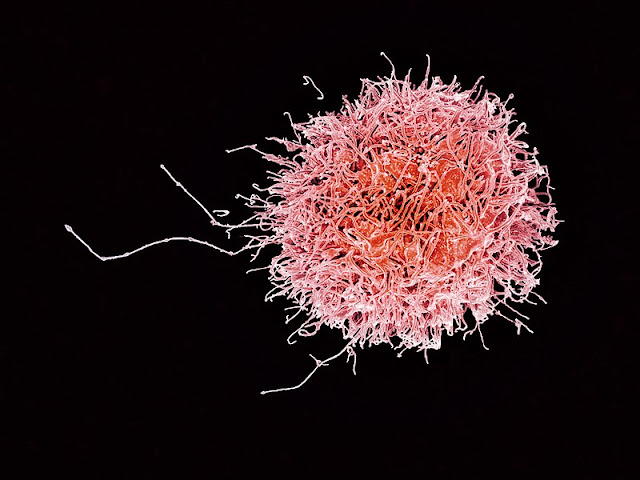It has been suspected that T-like cells can trigger Sjogren's syndrome (SS). Now, a small study, in collaboration with various university medical centers in China, has shown that natural killer T-like cells were decreased, potentially contributing to the development of the disease. This abstract was published in 2022, on Jan 21.
Diminished natural killer T-like cells correlates with aggravated primary Sjögren's syndrome
Methods: Forty-six patients with pSS and 30 healthy subjects were enrolled in the study.
The frequencies and cell count of NKT-like cells as well as other lymphocyte subsets were analyzed by flow cytometry.
Flow cytometry is a lab test used to analyze cells.
The clinical and laboratory indicators of pSS patients were also collected.
The correlation between NKT-like cells and pSS patient manifestations was analyzed by Spearman's rank test.
The Spearman's rank correlation coefficient is a method of testing the connection between two variables.
NKT-like cells before and after therapy were also compared.
Results: Both the number and the frequencies of NKT-like cells were significantly decreased in pSS patients.
The counts of NKT-like cells were positively associated with CD4+ T cells, CD8+ T cells, NK cells, and IgM levels, while negatively correlated with the disease length.
CD4+T cells play a major role in instigating and shaping adaptive immune responses.
CD8+ T cells are very important for immune defence against viruses and bacteria.
NK or Natural Killer Cells are lymphocytes in the same family as T and B cells. They are known for protecting against disease, killing virally infected cells, and detecting and controlling early signs of cancer. Their deficiency has been shown to lead to the development of diseases such as diabetes, asthma and atherosclerosis.
IgM, found mainly in blood and lymph fluid, is the first antibody the body makes when it fights a new infection.
After effective therapy, NKT-like cells were recovered both in the cell counts and frequencies.
Conclusion: In pSS, NKT-like cells were decreased, potentially contributing to the disease development. Modifying the status of NKT-like cells might provide a new way of treating the disease.
Key points:
• NKT-like cells were significantly decreased in people with Sjogren's syndrome in this research.
• NKT-like cells were connected to the pSS patient symptoms.
• NKT-like cells might be a new marker for assessing pSS.
My opinion:
As you can see from the diagram below this area of biology and cells is very complex and I can only understand it on a very basic level.
The report did not give much detail and did not say which therapy was used to treat the decrease in cells. More information should be shared about this study soon.
This is a turning point. It should lead to better ways to help to prevent SS as well as treating it. It was unfortunate that it was done on so few participants as more studied will need to be done to confirm the findings.
 |
Natural killer (NK T) cell populations. NK T cells can be divided into three groups: invariant NK (iNK) T (blue background), type II NK T (yellow background) and NK T-like cells (pink background). Each group is composed of distinct subsets. Image: Innate immunity in diabetes mellitus, Yannick Simoni.
SOURCE: PubMed
RESOURCES: British Society for Immunology

Comments
Post a Comment